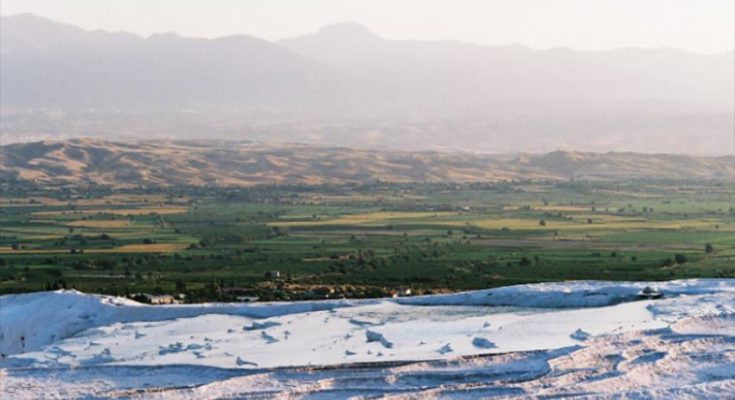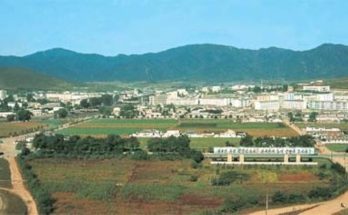#Pamukkale #Hierapolis #Turkiye #Turkey #TurkishBath #Spa #Hotsprings
IBNS-CMEDIA: While Istanbul remains the most favoured travel destination of Türkiye, why not extend your holiday with a visit to some of the attractive places that dot the country?
A short flight away from Istanbul, Denizli airport is the gateway to the UNESCO World Heritage Site of Hierapolis-Pamukkale, whose thermal baths and spa date back to the second century BC.
You may not only enjoy the magnificent natural wonders along with the ruins of the baths, temples and other Greek monuments but also immerse yourself in the mineral rich thermal spas which are said to have medicinal properties.
Natural Wonder of Pamukkale
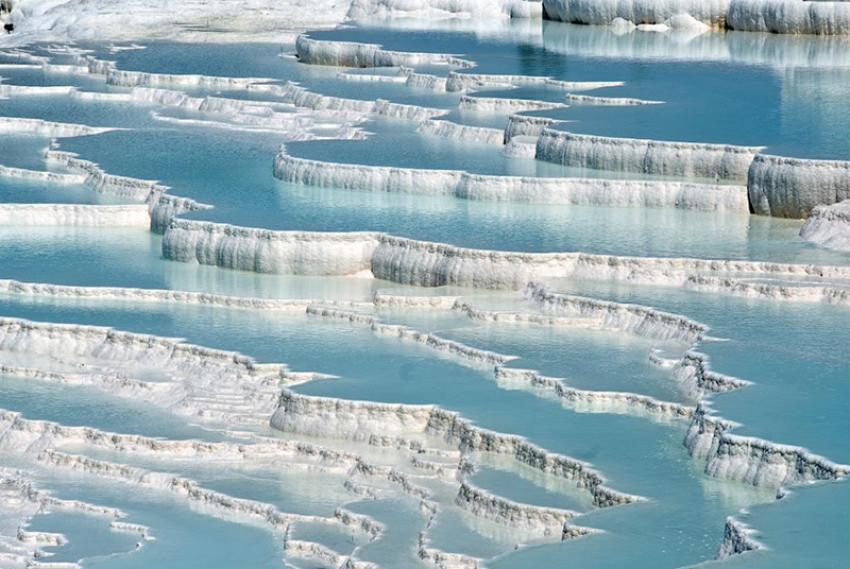
Pamukkale, located in western Türkiye, is known for its snow-white travertines and terraced pools that resemble frozen waterfalls.
The Pamukkale travertines, with their mineral waters, are also believed to offer healing properties.
According to the UNESCO World Heritage Convention (WHC) website, arising from springs in a cliff overlooking the plains, ‘calcite-laden waters have created an unreal landscape, made up of mineral forests, petrified waterfalls and a series of terraced basins.
Apparently, the deposition of calcium carbonate gives the structures a bright white coating which has earned the region its name Pamukkale or the Cotton Palace.
Although most travertines are protected due to their delicate structure, visitors can freely walk in some areas of the travertines containing small terrace-shaped pools.
However, to preserve the travertines, guests must remove their shoes and socks before entering.
The ancient city of Hierapolis
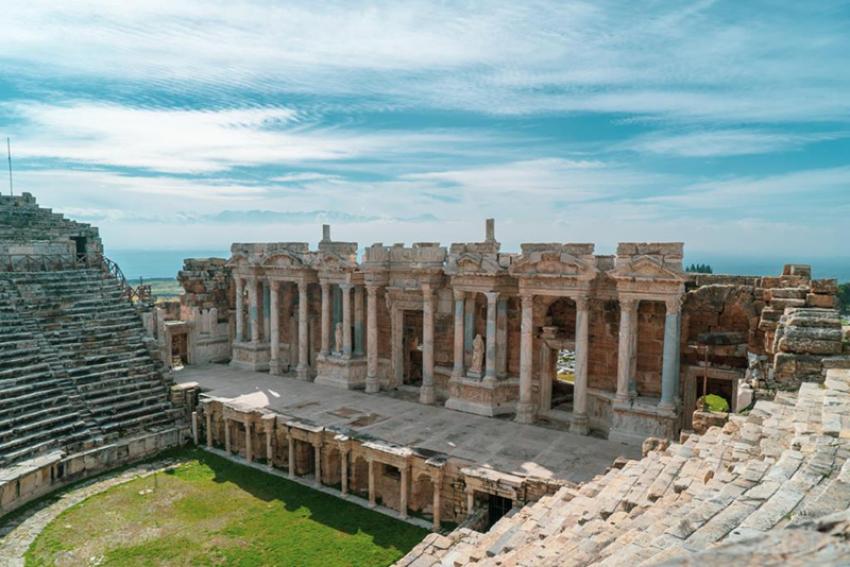
Adjacent to the Pamukkale travertines is Hierapolis, a Hellenistic spa town which was founded by the Attalid kings of Pergamom at the end of the 2nd century BC.
Ceded to Rome in 133 BC, according to the WHC website, it reached its peak in the 2nd and 3rd century AD, and also became an important religious centre for the Eastern Roman Empire.
Explore the site’s ancient theatre, temples, monumental fountains, tombs, agora (market place) and gymnasium, strolling along stone streets that existed two thousand years ago.
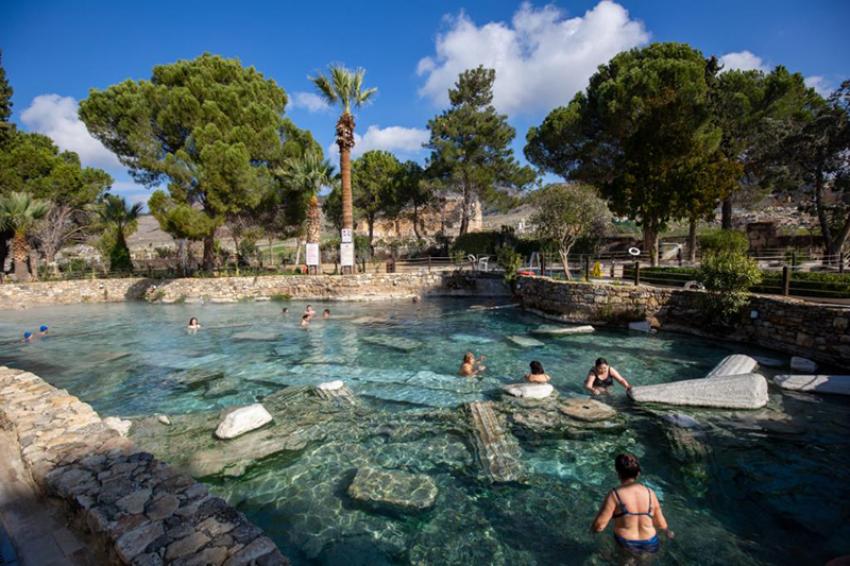
After a brisk walk, why not travel back in time as you immerse yourself in the Ancient Pool, surrounded by antique columns and marble.
Featuring a year-round temperature of 36 degrees, the Ancient Pool is famously called the Cleopatra Pool – legend has it that the illustrious Cleopatra, Queen of Egypt, once bathed in the waters of the pool.
Pool to Museum
Other notable buildings in Hierapolis include the Ancient Theatre and the Hierapolis Museum.
From the top of the theatre, which still sports reliefs depicting mythological stories and seating steps, catch a panoramic view of the ancient structures.
The Roman Bath, once a popular thermal centre, has been repurposed as the Hierapolis Museum, where you will find a collection of artefacts discovered during excavations in nearby ruins (such as Laodikeia and Tripolis).
What else you may do
 Image credit: Unsplash
Image credit: Unsplash
When in Pamukkale, do not forget to bite into the Denizli kebab made of lamb meat and cooked in the traditional stone oven.
Shopping enthusiasts can check out the Buldan fabric (which takes its name from the town it originated), known for its traditional weaving style and comfort.
For some breath-taking views of the travertines and the ruins of Hierapolis, you may go for hot air ballooning or paragliding.
Getting there
The most convenient way to reach Denizli airport from Istanbul is to take a flight (about an hour or so). From the airport, Pamukkale is about 70km away and connected by taxis.

